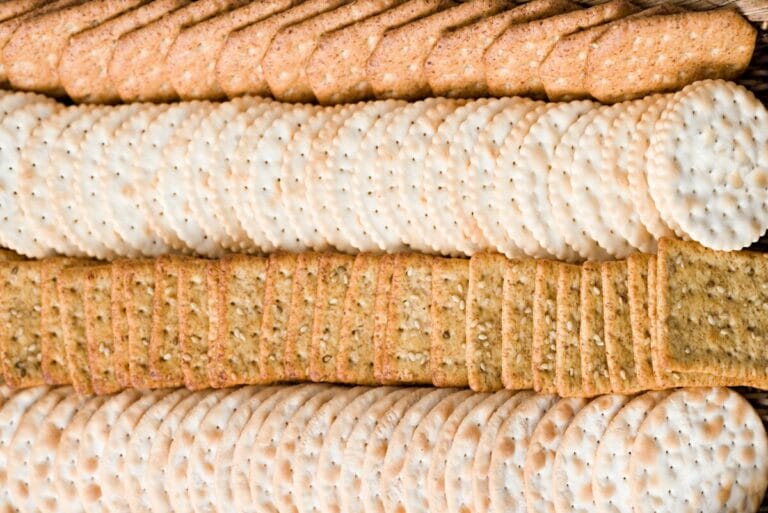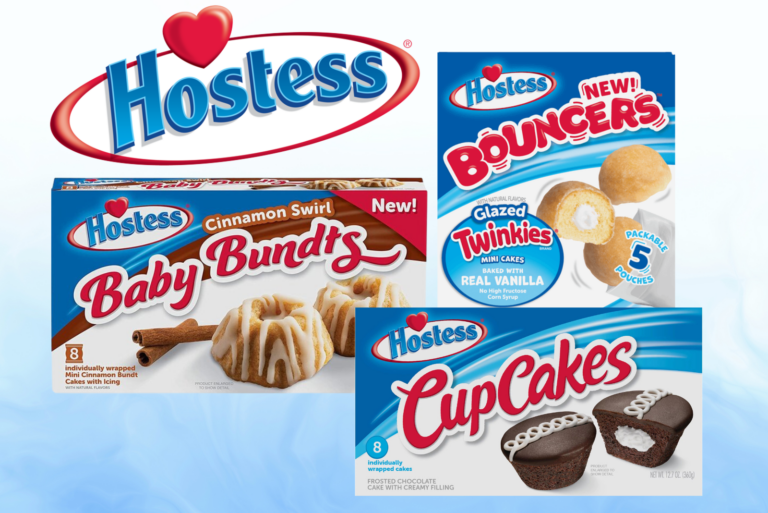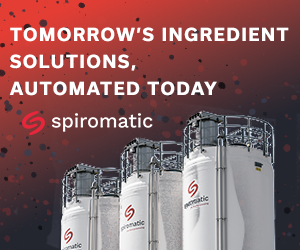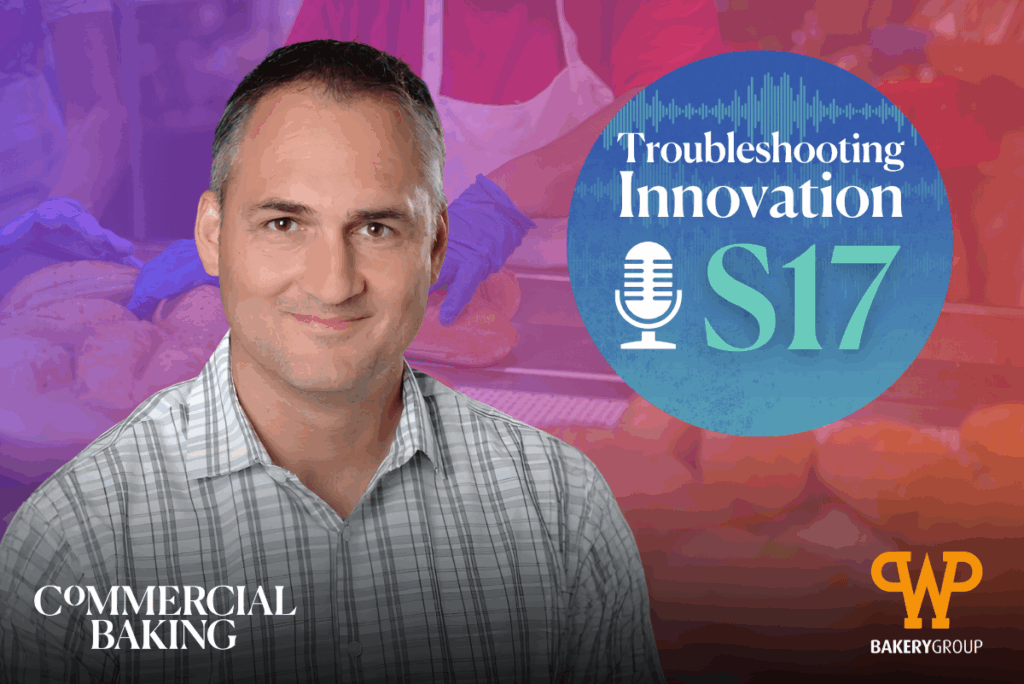KANSAS CITY, MO — Cakes created with clean labels, healthier options and smaller sizes appeal to consumers seeking a celebratory snack.
Here’s how producers are innovating to provide customer solutions and meet consumer demand.
Innovation has been the foundation of Buffalo, NY-based Rich Products’ business since it founded the world’s first non-dairy whipped topping. That spirit of innovation continues across every category, including its cake and dessert portfolios.










